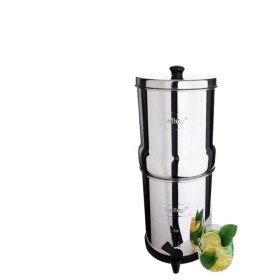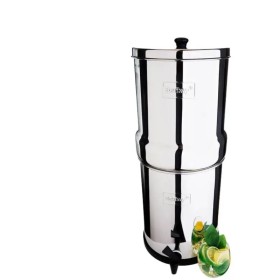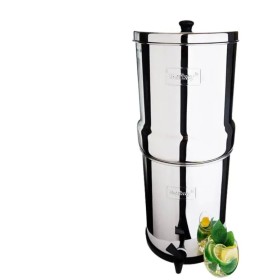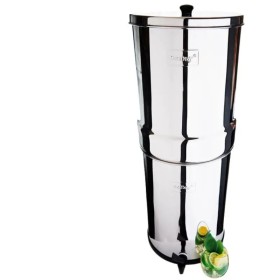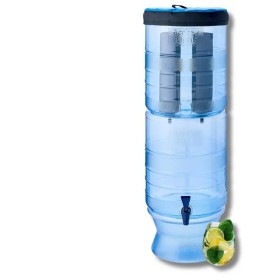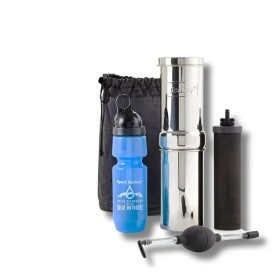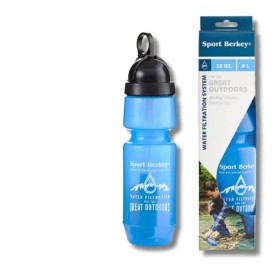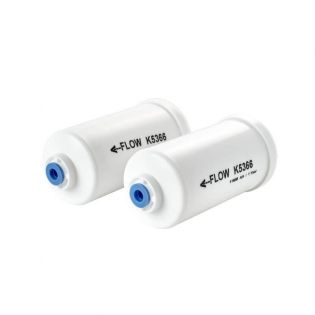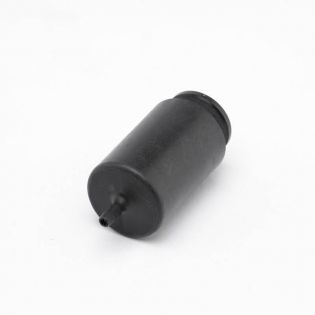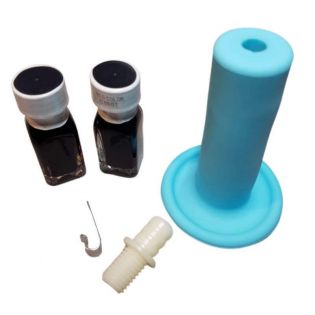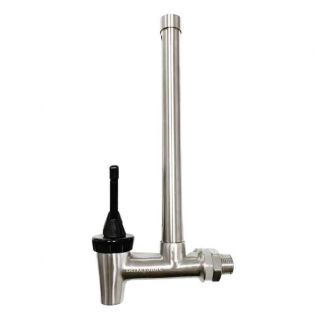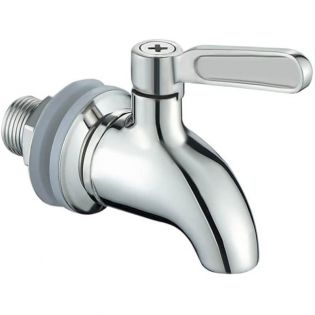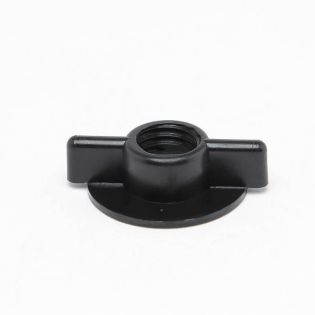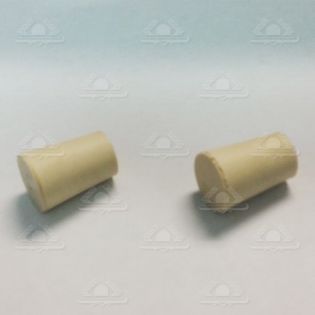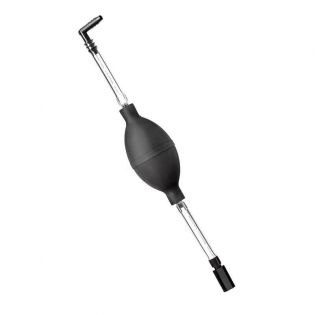Microplastics in drinking water: a hidden threat to our health
In recent years, the issue of microplastics has given rise to growing concern, both in environmental and health terms. These microscopic particles are everywhere: in our seas and oceans, in the food we eat, but also in the water we drink. The problem also affects drinking water distributed via domestic networks. But what do we really know about these invisible pollutants?
What are microplastics?
Microplastics are fragments of plastic less than 5 millimeters in size. They fall into two main categories:
- Primary microplastics, designed from the outset to be tiny, such as the microbeads found in some cosmetic products.
- Secondary microplastics, resulting from the fragmentation of larger pieces of plastic subjected to wear, sunlight or other environmental factors.
Their presence in the environment, including water resources, is a cause for concern due to their resistance to degradation and their ability to accumulate in ecosystems.
Why are microplastics found in tap water?
Microplastics are found in drinking water for a variety of reasons:
- Textile microfibers: When synthetic garments (polyester, nylon) are washed, thousands of microfibers break off and pass into wastewater. Treatment plants are unable to filter them out completely, leaving these particles to reach rivers and groundwater.
- Degradation of plastic waste: Plastic waste left in nature degrades over time, producing fine particles that contaminate water resources via runoff.
- Aging infrastructure: Water distribution systems, such as PVC pipes, can also release microplastics.
Microfibers from textiles are one of the main sources of contamination, and their removal remains a challenge for current water treatment systems.
What are the health effects of microplastics?
While research is still ongoing, several concerns are emerging:
- Chemical risk: Microplastics can carry adsorbed chemicals or pollutants, which can represent a danger to the body.
- Hormonal disruption: Some plastics contain compounds such as bisphenol A (BPA) or phthalates, which disrupt the endocrine system.
- Mechanical effects: Ingestion of solid particles could cause inflammation or side effects that are still poorly understood.
Is bottled water a better alternative?
Many people believe that bottled water is a safer alternative. However, studies show that it often contains as many, if not more, microplastics than tap water.
- Plastic bottles and caps release particles during the manufacturing process, storage or under the effect of heat.
- In addition, bottled water is not free from other chemical contaminants, such as phthalates or BPA.
- Finally, bottled water consumption contributes to the global problem of plastic pollution, aggravating the cycle of microplastic contamination.
How to remove microplastics from your drinking water
The use of advanced filtration systems, such as Berkey® water purifiers, is an effective solution for protection. Thanks to their Black Berkey® purification elements, these filters are capable of retaining the finest particles, including microplastics. Their gravity filtration performance removes up to 99.9% of microplastics and other unwanted contaminants.
Protecting your health and that of the planet
Microplastics in drinking water are a global problem that requires urgent action. By choosing a high-performance filtration system like Berkey®, you are making the choice of pure water, while reducing your impact on the environment.
Explore our range today and discover the difference of microplastic-free water!
Share this content

